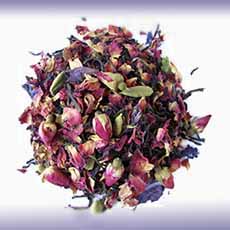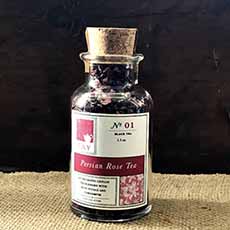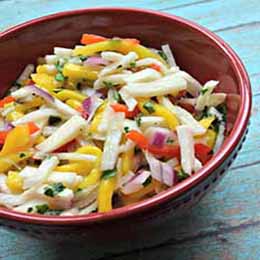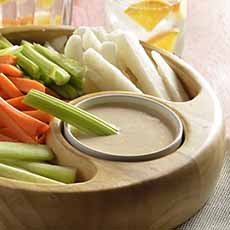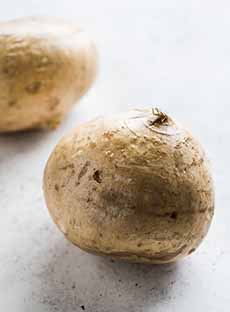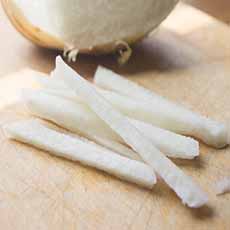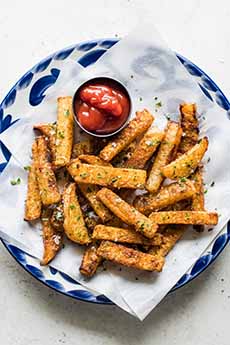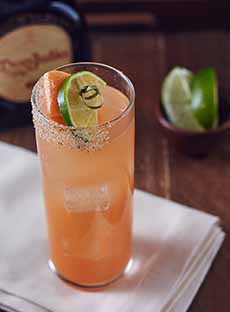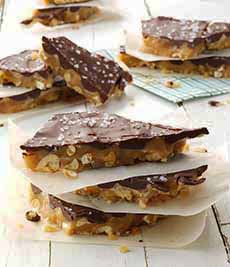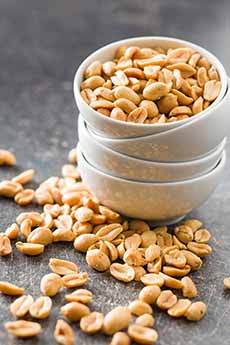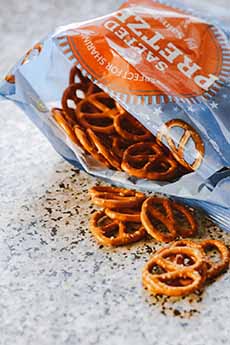|
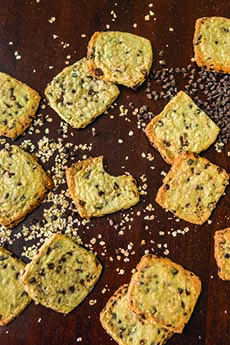
[1] A twist on the traditional oatmeal cookie: oatmeal shortbread cookies with chocolate chips and toffee pieces (photo © Greg McBoat | 50 Things to Bake Before You Die).

[2] 50 Things to Bake Before You Die: The World’s Best Cakes, Pies, Brownies, Cookies, and More from Your Favorite Bakers, Including Christina Tosi, Joanne Chang, and Dominique Ansel (photo © Ulysses Press).
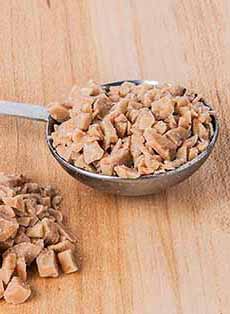
[3] Toffee pieces for baking, ice cream, and dessert toppings. We got them on Amazon.
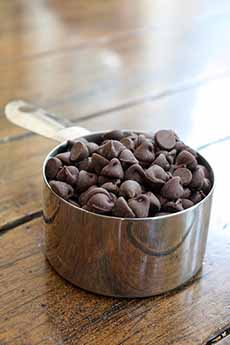
[4] Semisweet chocolate chips are the norm, but you can use white chips, chunks, etc. (photo © Bella Baker).
|
|
For National Oatmeal Cookie Day, April 30th, it’s easy to whip up the classic Quaker oatmeal cookie recipe, and put a spin on it with:
Chocolate or white chocolate chips or chunks
Toffee chips
Dried cherries or cranberries instead of/in addition to raisins.
But in the cookbook 50 Things to Bake Before You Die, Allyson Reedy put an even bigger spin on it, by sourcing an oatmeal toffee shortbread cookie—and it has chocolate chips, too. The recipe follows.
The cookbook, just published, can be a Mother’s Day or Father’s Day gift for your favorite baker…assuming they’ll take the “before you die” part in good humor.
The collection of dessert recipes to us from the greatest bakers and chefs from small-town café owners to fancy restaurateurs to TV show hosts
> The history of oats and oatmeal.
> The history of shortbread cookies.
> Vanishing Oatmeal Raisin Cookie recipe and history.
> All the food holidays.
RECIPE: OATMEAL CHOCOLATE TOFFEE SHORTBREAD COOKIES
This recipe was created by Clyde Greenhouse, owner of Kessler Baking Studio in Dallas, Texas. He ships his cookies, bars, and weekend breakfast pastries nationwide.
He originally created these shortbread cookies as favors for his niece’s wedding. Studded with chocolate chips and toffee, they have layers of flavor plus crunch.
If you’re having trouble finding toffee, simply cut up a Heath bar.
Ingredients For 36 4-Inch CookiesOr 72 2-Inch Cookies
1 cup rolled oats
2 cups granulated sugar
2 cups (4 sticks) unsalted butter, room temperature
1 large egg
1 tablespoon vanilla extract
3-3/4 cups all-purpose flour
1 teaspoon kosher salt
1 cup mini semisweet chocolate chips
1/2 cup toffee bits
Preparation
1. GRIND the rolled oats in a food processor to a mealy consistency.
2. CREAM the sugar and butter in a stand mixer fitted with the paddle attachment on medium speed. Use a spatula to scrape down the bowl as needed and continue mixing until there are no visible butter pieces. Add the egg and vanilla extract and mix until completely incorporated. Scrape down the bowl as needed.
3. WHISK together the flour, ground oats, and salt in a large bowl. With the mixer on low speed, add these ingredients to the butter mixture in thirds and mix until crumbly in texture.
Add the semisweet chocolate chips and toffee bits and mix until the dough comes away from the bowl and begins to cling to the paddle.
4. TURN the dough out onto plastic wrap and form into a disk. Chill the wrapped dough for at least 4 hours, or overnight for best results. The next day…
5. CUT disk into wedges. Using a rolling pin and on a smooth, lightly floured surface, roll the dough out to 1/4-inch thickness and cut it into the desired shape.
Place cut the cut-outs onto a parchment-lined baking sheet and refrigerate for at least 10 minutes while preheating the oven to 350°F.
6. BAKE the 4-inch cookies for 16 to 18 minutes, or the 2-inch cookies for 12 to 14 minutes, until edges are lightly browned.
Excerpted from 50 Things to Bake Before You Die by Allyson Reedy. Copyright © 2022 Ulysses Press. Reprinted with permission from Ulysses Press. New York, NY. All rights reserved.
|




